You know that industrial touch screen displays have a high cost performance. Currently, among the vast array of LCD products with varying manufacturing processes, many touch displays are designed and manufactured specifically for consumers, including laptop, desktop and low-end desktop monitors.
However, due to highly competitive pricing and real-time market factors, common modules do not meet the sustainability, reliability and advanced features of their industrial environment. Product life cycles in consumer applications are typically very short. As a result, displays designed and manufactured for these purposes typically last only 1 to 2 years. In recent years, LCDs have replaced CRTs in industrial display applications, including industrial automation systems and test and measurement equipment. Compared to CRT displays, LCDs are more convenient for the industrial market, especially for the selection of important criteria such as space, readability, and durability.
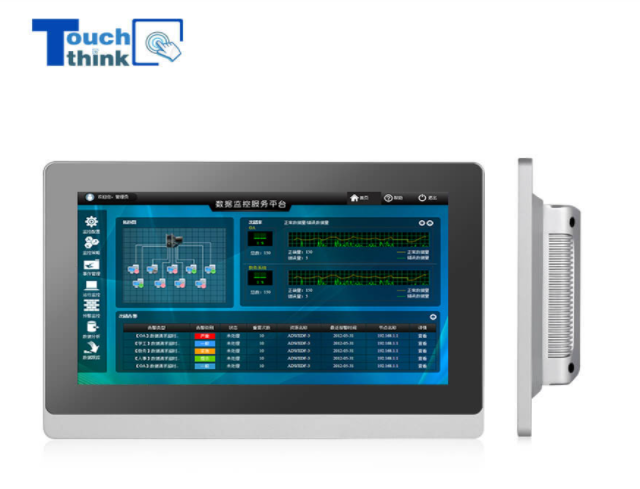
Industrial Monitors With Touch Screens For Workstations
Space constraints and space issues are important factors that designers in industry should consider. Industrial LCDs are more flexible and thinner than CRTs, making it easier to find the right location for industrial equipment. On the other hand, CRTs have a large mounting area for accessories and also have accessories that need to be installed in specific places in the factory. In addition, LCD units are designed to be highly portable, so they can flexibly support the manufacture of expensive equipment under the same conditions as before.
The readability of touch displays is another highlight of LCD screens. It is important that touch displays in industrial applications need to support clear and accurate visuals in bright light environments in many ways. Almost all industrial environments are environments surrounded by bright light, challenging the readability of the display. The brighter the environment, the more difficult the transmission of the LCD screen. Because the standard readable brightness for people is 250 to 300 cd. Are some LCD manufacturers planning to extend the range beyond 450 cd? However, these require more energy, which also suggests that it is not the best solution.
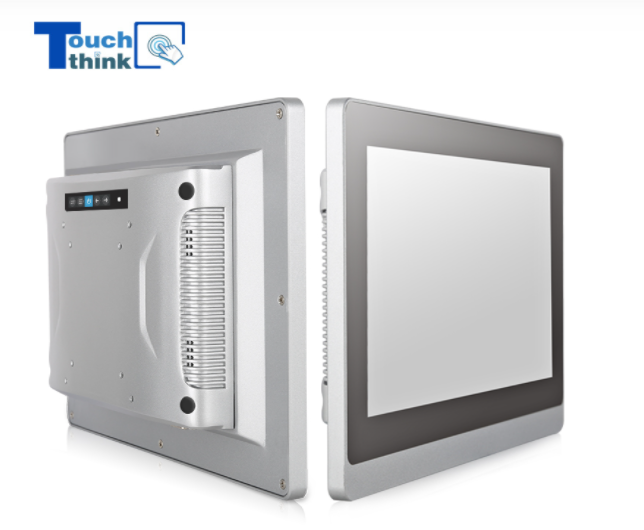
Industrial Grade 11.6 Inch LCD Monitor 16:9 Wide Screen LCD Monitor Display
One solution for improving the readability of touch displays in bright environments is to increase the contrast without increasing power consumption. In non-industrial environments, typical contrast ratios range from 200:1 to 300:1, so the machine operator cannot view the touch screen from a distance. Contrast ratios of 450:1 above and below are suitable for industrial environments. To increase contrast, one must get close to the contrast to distinguish between light and dark images.
Multi-view readability is another selection factor. In a typical industrial environment, operators want to view the display at an oblique angle rather than a positive angle. Therefore, it is important that there is little distortion or color change in the image when viewing it from different angles. In particular, display settings in consumer applications do not end up working smoothly because the image is lost or does not look tilted.
TOUCHTHINK is a manufacturer offering 7~21.5" high quality, easy to use, industrial-grade touch screen monitors, industrial panel PCs, industrial Android tablet PCs, fanless mini PCs, industrial mainboards, and face recognition terminals. Please contact our experts to get custom solution.
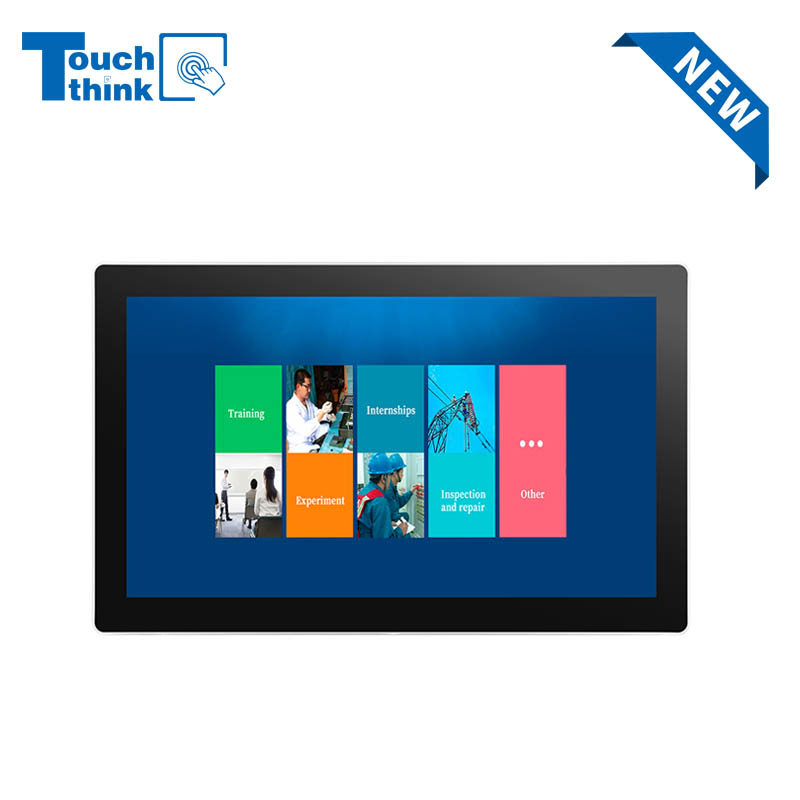
IP65 Wall-Mounted Industrial Touch Screen Monitor | Waterproof HMI Display VIEW MORE
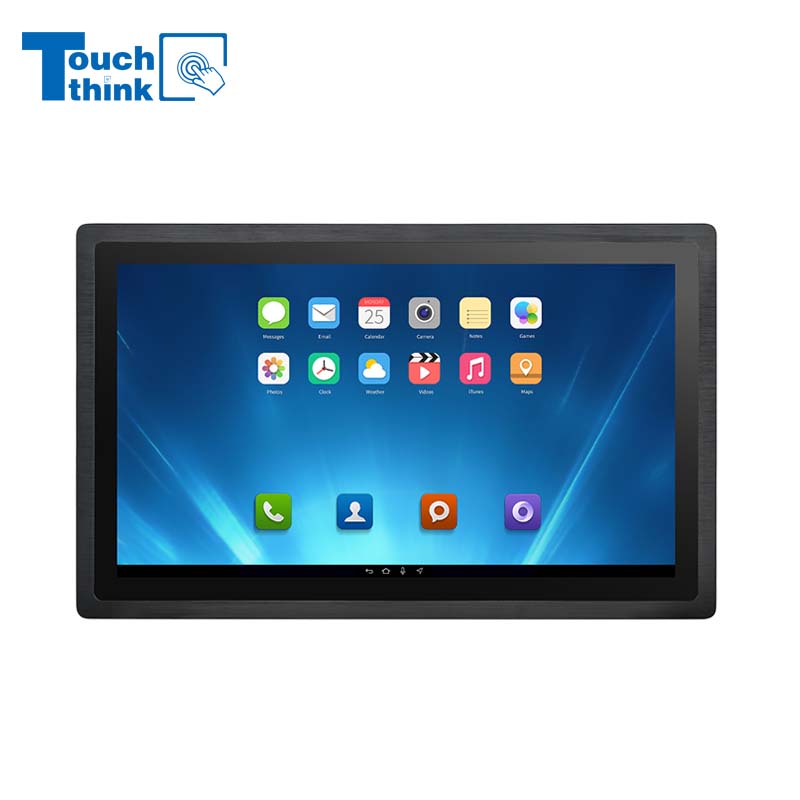
23.8 Inch Industrial Panel PC, Slim Ultra-Thin Design, Multiple I/O Ports, Rugged Touch Computer for IIoT VIEW MORE
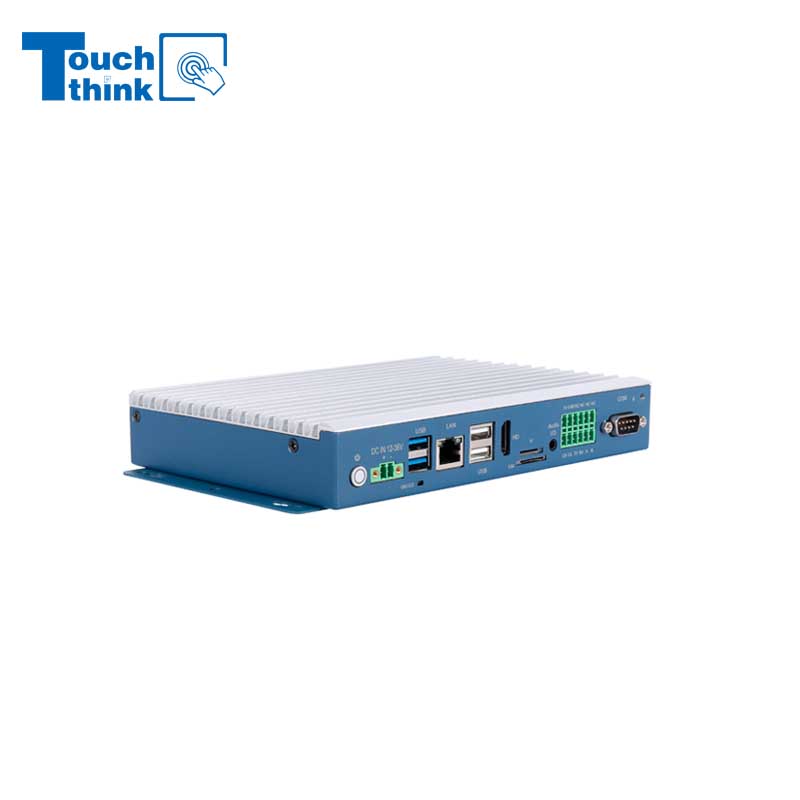
Embedded Fanless Computer ARM Cortex-A55 Quad-Core 64-bit Computers with 1TOPS NPU and Wi-Fi 6 Capabilities VIEW MORE
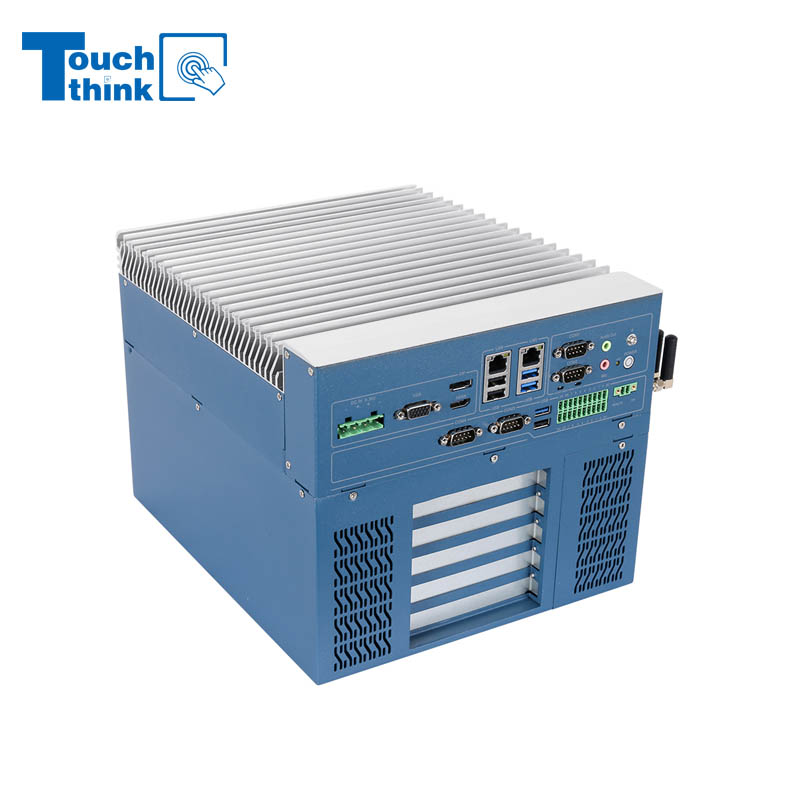
High Expandability Industrial Embedded PC with Expansion Slots PCIex16 PCIex4 9 to 36V Input VIEW MORE
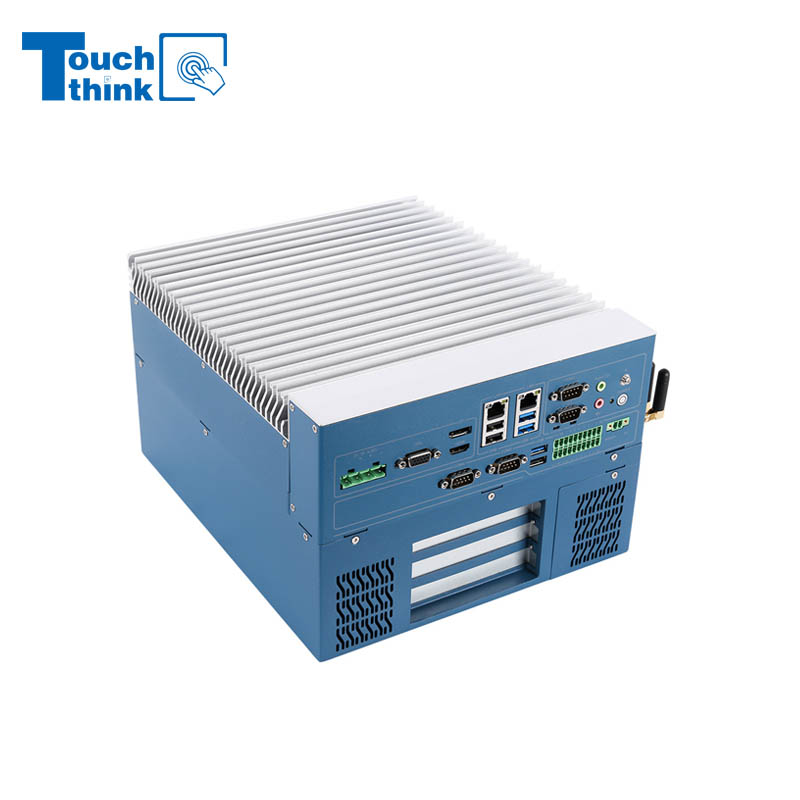
Modular Embedded Computer with Intel® Core 12/13/14th-Gen Processor 2.5GbE LAN VIEW MORE
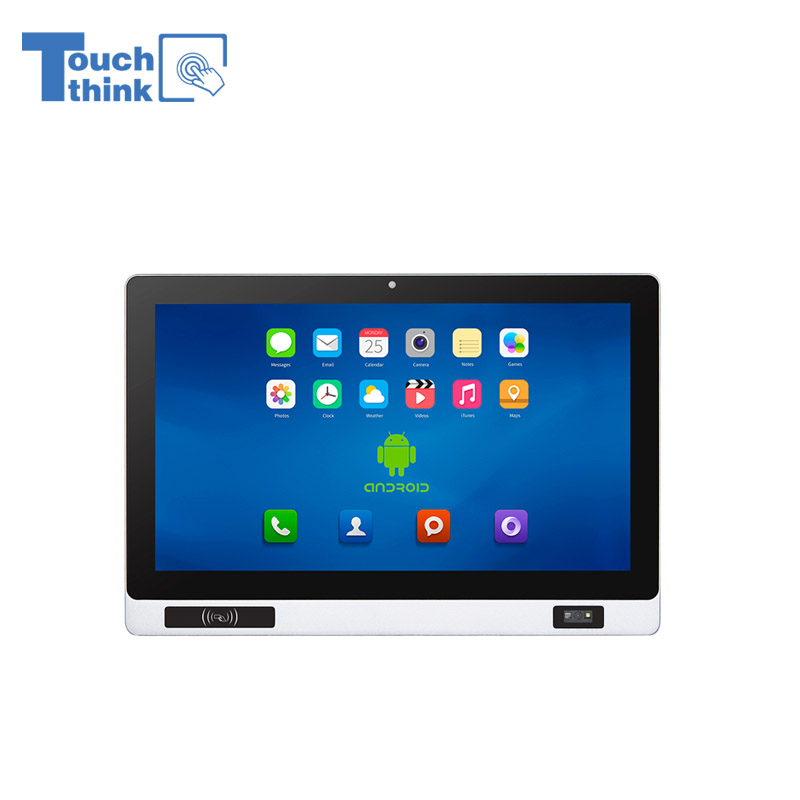
Industrial Panel PC with NFC and QR Code Scanning Functions for Smart Factory VIEW MORE
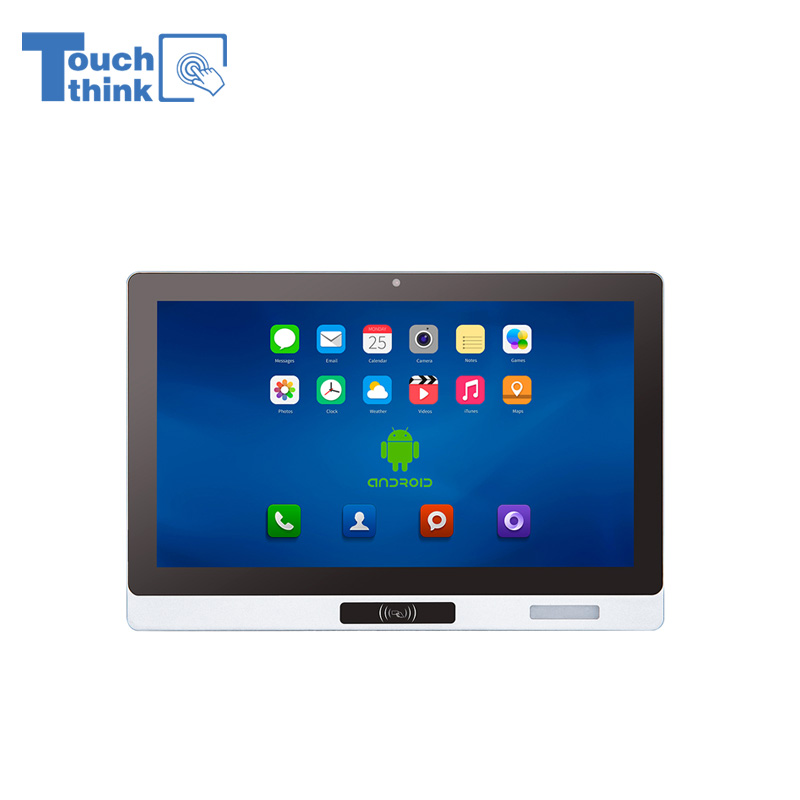
All-in-One Android Panel PCs with NFC/Camera For MES System in Digital Factory 24/7 Use VIEW MORE
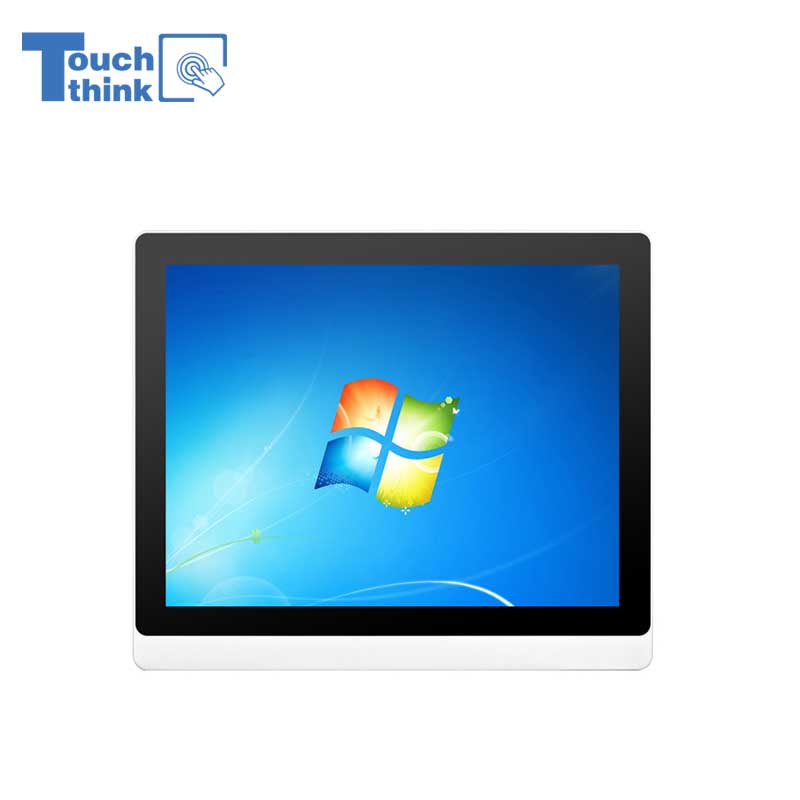
VESA Mount Industrial Touch Panel PC with i3 i5 i7 Processor Desktop Computer 8GB DDR4 128GB SSD VIEW MORE
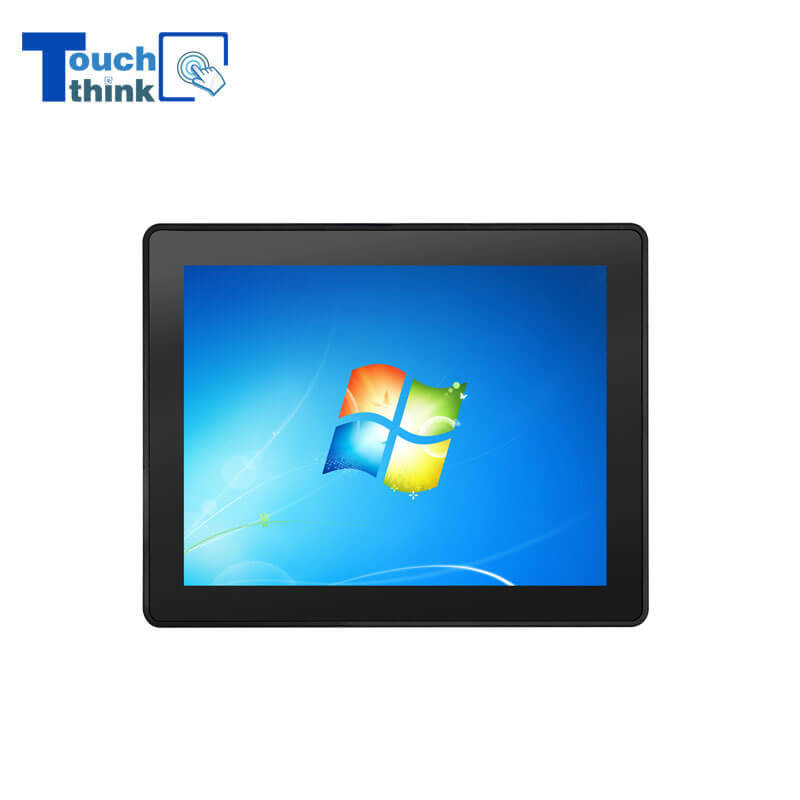
Rugged IP65 Industrial Touchscreen Computer Industrial HMI Panel PC VIEW MORE
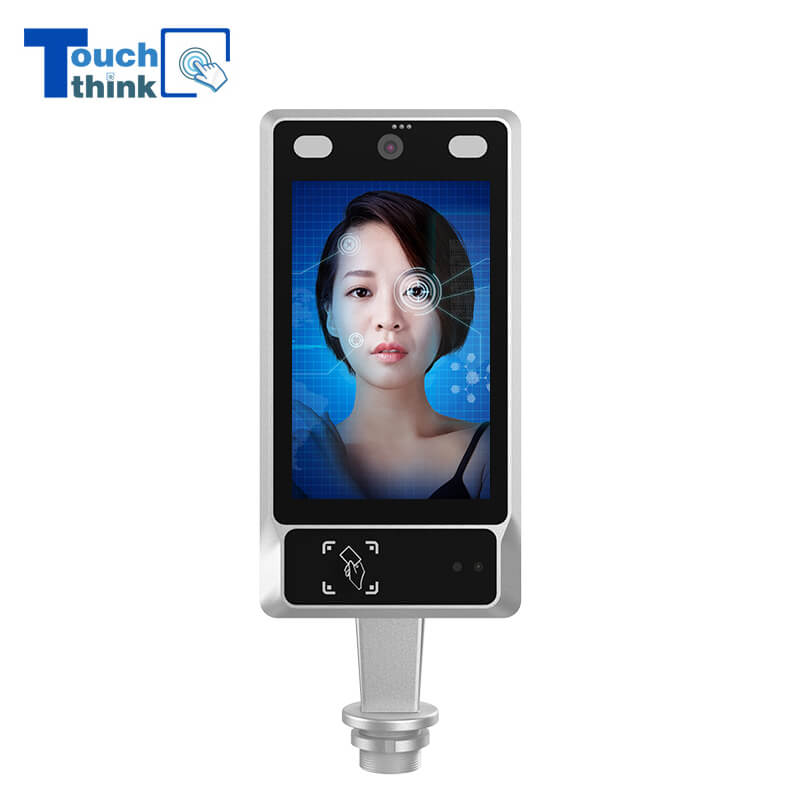
8 inch Facial Recognition Terminal For Turnstile Access Control VIEW MORE
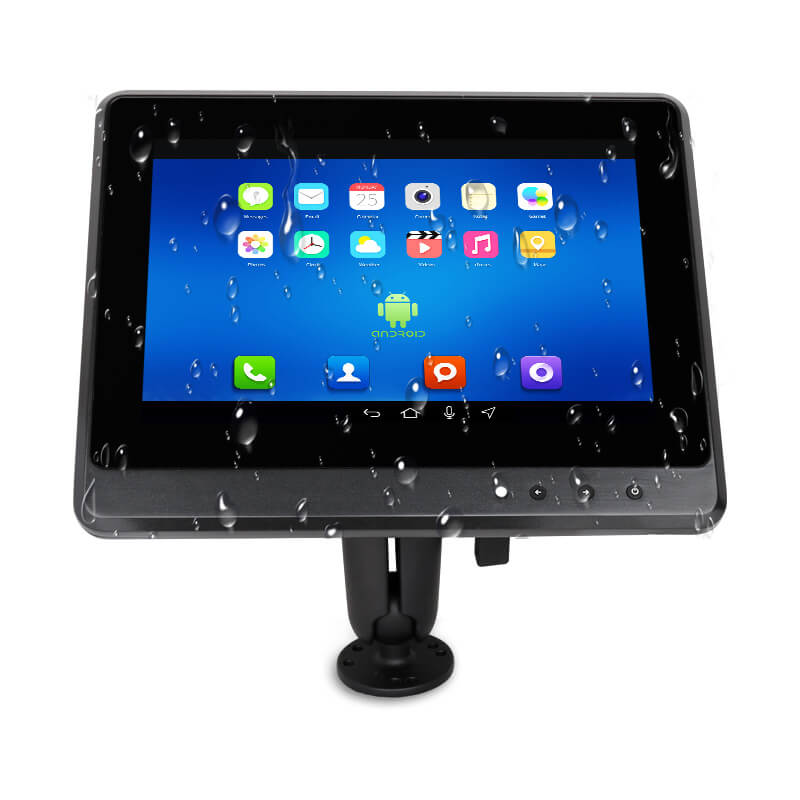
Android In-Vehicle Industrial Panel PC Vehicle AGV Computer VIEW MORE
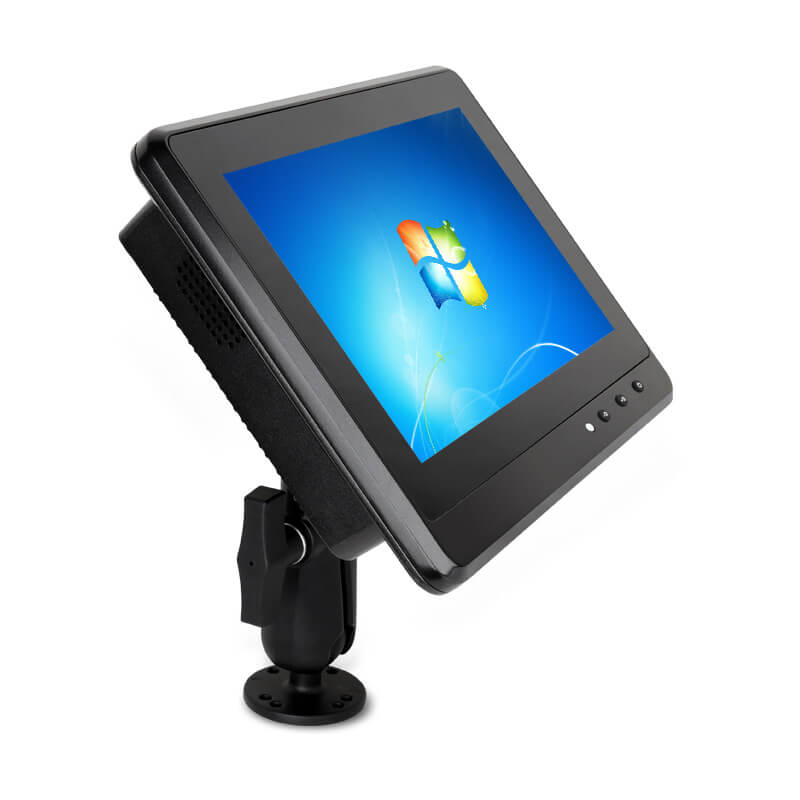
Transportation Panel PC Windows Vehicle Mounted Touch Computers VIEW MORE
Copyright © Shenzhen Touch Think Intelligence Co.,Ltd. All Rights Reserved Update cookies preferences